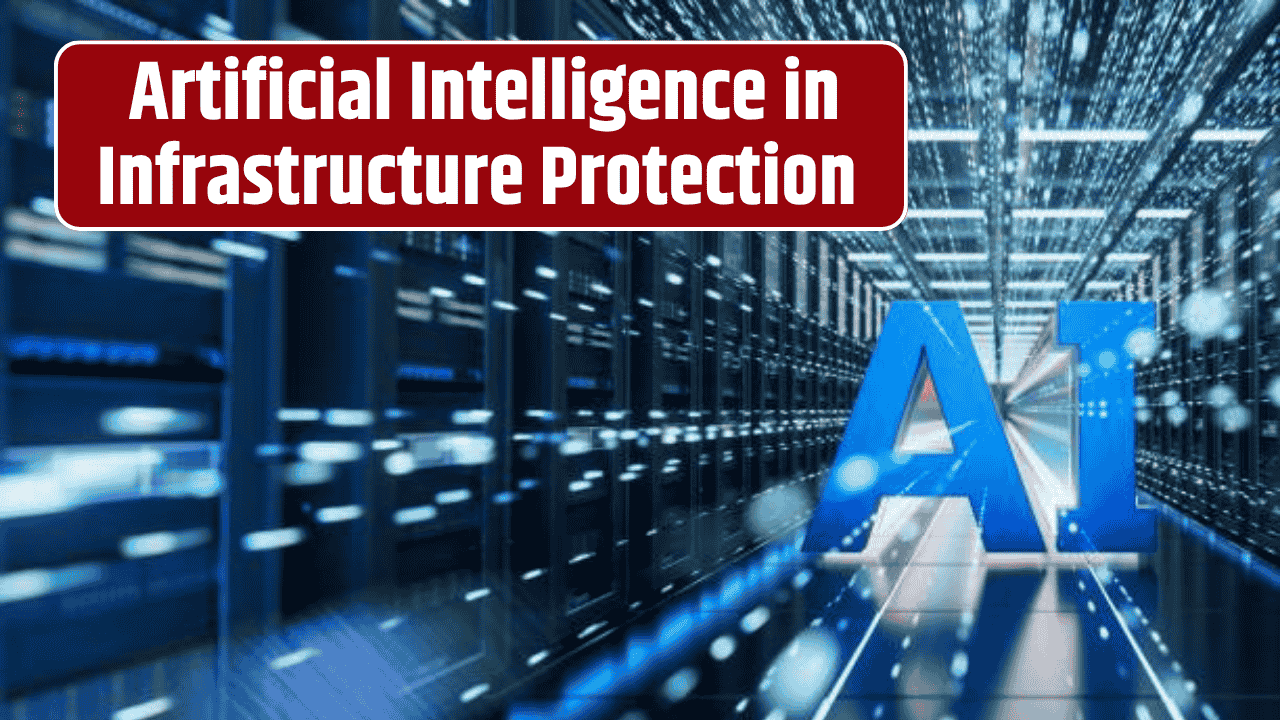As critical infrastructure becomes more digitized and interconnected, the need for smarter, faster, and more adaptive security solutions has never been greater. Enter artificial intelligence (AI)—once a futuristic concept, now a frontline player in infrastructure defense. But the question remains: can algorithms truly safeguard the systems that power our modern world?
This article explores how AI is being used to protect infrastructure, where it excels, and what limitations still stand in the way of fully autonomous defense.
Table of Contents
The Rise of AI in Infrastructure Protection
Infrastructure systems—energy grids, water treatment plants, transportation networks—are increasingly reliant on real-time data and automated control. This digital transformation has opened the door to sophisticated cyber and physical threats. AI offers a powerful toolset to help detect, prevent, and respond to these risks.
AI-powered tools are being used to:
- Monitor system performance in real time
- Identify anomalies and intrusions
- Predict equipment failures
- Optimize maintenance schedules
- Respond to threats faster than humans can
From pattern recognition to predictive analytics, AI is reshaping the way infrastructure is secured.
How AI Protects Critical Systems
1. Anomaly Detection
AI systems can learn what “normal” operations look like and flag deviations in real time. For example, in a power grid, AI can detect unusual voltage patterns that might indicate a cyberattack or mechanical failure.
2. Predictive Maintenance
Instead of relying on scheduled maintenance or waiting for something to break, AI models can forecast equipment issues before they happen. This reduces downtime and minimizes the risk of cascading failures in interconnected systems.
3. Cybersecurity Automation
AI algorithms scan vast amounts of network data to identify potential breaches or suspicious activity. These tools can even auto-isolate compromised systems, contain the threat, and notify human operators instantly.
4. Disaster Response and Recovery
During floods, wildfires, or blackouts, AI can analyze satellite imagery, sensor data, and emergency reports to help prioritize response efforts and direct resources more effectively.
5. Traffic and Transit Optimization
In smart cities, AI improves traffic flow, reduces congestion, and even re-routes public transportation in emergencies—helping keep critical transportation infrastructure operational under stress.
Where AI Still Falls Short
Despite its promise, AI is not a silver bullet. Several limitations prevent it from becoming a fully autonomous “sentinel”:
| Challenge | Description |
|---|---|
| Data Dependency | AI models are only as good as the data they’re trained on. Poor or biased data can lead to false positives or missed threats. |
| Black Box Problem | AI decisions can be hard to explain, making it difficult to audit or trust the results in high-stakes environments. |
| Adversarial Risks | Hackers can “trick” AI systems using adversarial attacks, feeding them misleading data to bypass detection. |
| Lack of Contextual Judgment | AI lacks human judgment and may not understand the full context of an incident—especially when ethical or strategic trade-offs are involved |
Human + Machine: The Hybrid Defense Model
The most effective infrastructure protection strategies don’t replace human oversight—they enhance it. AI should be viewed as a force multiplier, helping experts process more data, respond faster, and make smarter decisions. Human operators still play a critical role in setting priorities, interpreting results, and intervening in complex or unexpected situations.
As threats to infrastructure grow more sophisticated, AI offers an invaluable line of defense—but it can’t do it alone. Algorithms can augment human capabilities, providing faster insights and proactive protection. However, the path forward lies in building intelligent, transparent, and accountable systems where AI and human expertise work hand-in-hand.
FAQs
Can AI prevent infrastructure attacks entirely?
No, but it can significantly reduce the risk by detecting threats early, predicting failures, and speeding up response.
What types of infrastructure benefit most from AI?
Sectors with high data flow and automation—like energy, water, transportation, and telecommunications—see the greatest benefit from AI integration.
Is AI used more for cyber or physical security?
Currently, it’s most effective in cybersecurity and predictive maintenance but is expanding into physical threat detection through video and sensor analysis.
What’s the biggest risk of using AI in infrastructure security?
Over-reliance on AI without proper oversight or understanding of its limitations can lead to blind spots or misjudgments during critical events.
How can governments ensure AI is used responsibly?
Through transparent algorithms, clear audit trails, and regulatory frameworks that set standards for ethical use, accountability, and data privacy














